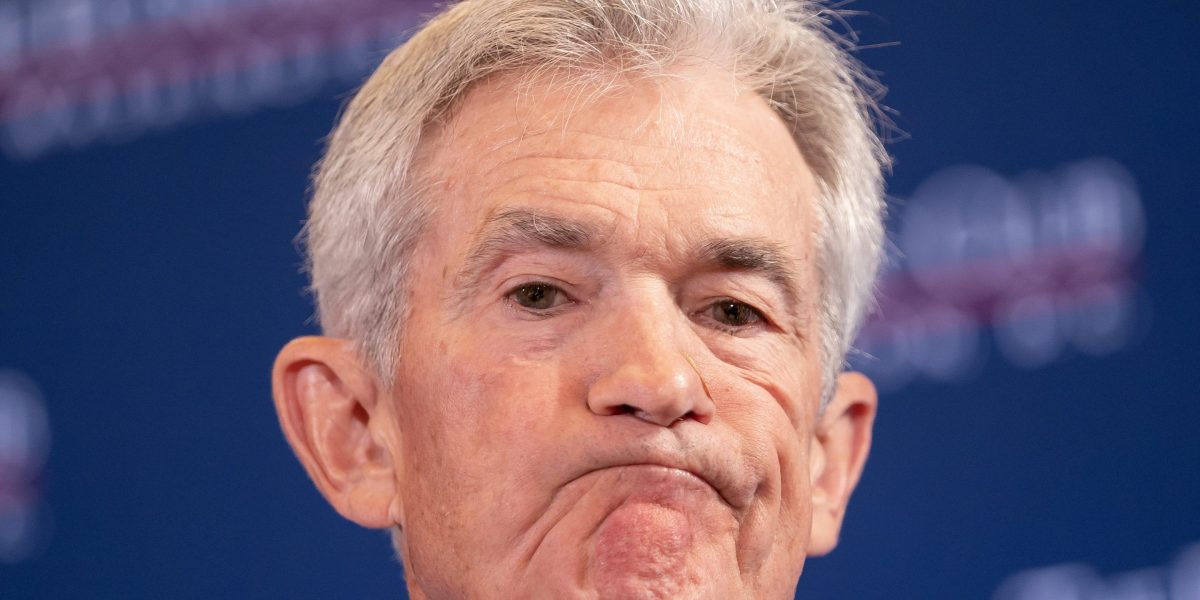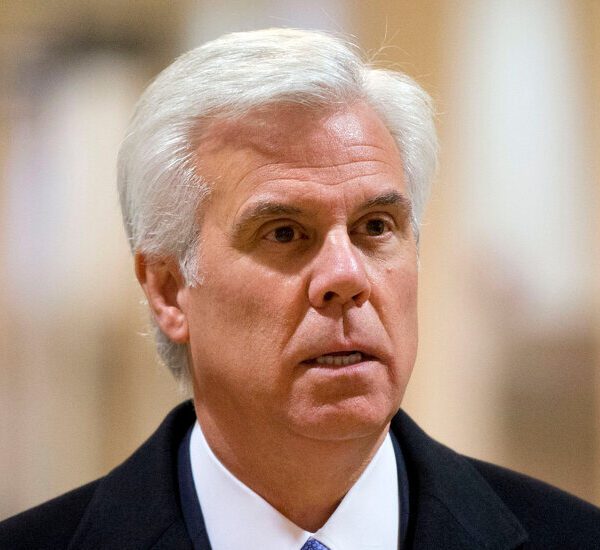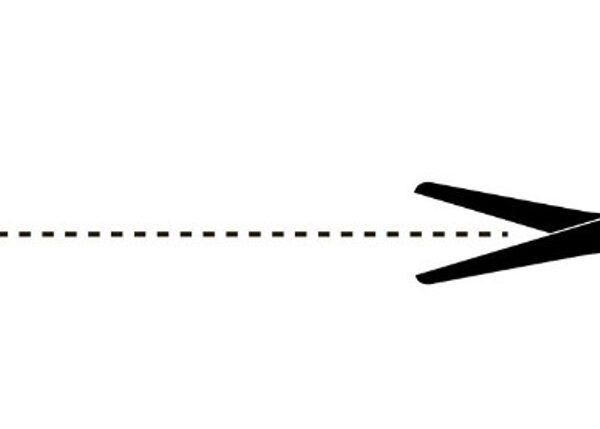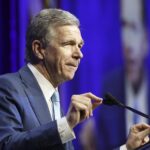

Kamala Harris voted against Jerome Powell’s confirmation as Federal Reserve chair in 2018 when she was in the Senate, siding instead with a bloc of progressive lawmakers.
Meanwhile, Donald Trump has continued to sound hostile toward Powell, despite originally naming him to be Fed chief. So whoever wins in November, Powell may not be around much longer, despite closing in on a remarkable economic feat.
“There’s a very low probability that once his term is up in 2026, he is renominated by either Kamala or Trump, and I think he knows it,” Frank Kelly, a senior political strategist at investment firm DWS, told Fortune. “It’s interesting, and he doesn’t necessarily want to do it. He’s gonna take the huge win—the softest of soft landings—and slide out.”
Harris’s campaign didn’t immediately respond when asked if she would renominate Powell. Trump has said he would let Powell complete his term, but hasn’t said what he would do after. His campaign didn’t immediately respond to a request for comment.
During his tenure, Powell oversaw a strong economy that was then rocked by the economic downturn from COVID-19. As the pandemic ebbed, the U.S. found itself facing soaring inflation that peaked around 9% in the summer of 2022. However, Powell’s work since then of “controlling inflation without getting a recession” is a “huge achievement,” that might still offer him a chance of remaining in his role beyond 2026, according to Frederic Mishkin, an economics professor at Columbia Business School. If Powell succeeds in executing the soft landing, then “there’s a real possibility that he will get reappointed” by Harris, he said.
Trump nominated Powell in November 2017 after deciding not to keep Janet Yellen. He was confirmed in a 84-13 vote. Opposing Powell’s nomination were four Republicans, among them Marco Rubio and Ted Cruz, who joined Harris and progressives like Cory Booker, Elizabeth Warren, and independent Bernie Sanders to vote against confirmation.
At the time, Powell was seen as a moderate pragmatist and was considered a sensible pick for the Fed chair job. But the group of progressive Democrats were likely wary of Powell’s unwillingness to commit to further regulations on big banks. They also felt Powell wasn’t sufficiently factoring low-income families into the Fed’s analysis of the economy, according to Kelly. Meanwhile, the contingent of Republican senators voted against Powell because they didn’t support the Fed’s stimulative monetary policy.
Now, with Harris as the presumptive Democratic nominee, she and Powell find their fates intertwined again. This time, Harris is trying to tout the Biden administration’s economic accomplishments—a historically strong job market, falling inflation, and stronger unions—while distancing herself from the pesky fact that everyday Americans still feel bad about the economy. Harris is expected to adopt a similar tax policy to Biden’s that would increase the corporate tax rate to 28% from 21%, according to the AP. Even though Harris has already started crafting her own messaging on the economy, she continues Biden’s heavy focus on working- and middle-class voters. However, Harris’s economic platform from her 2020 primary run shows she may favor a more expansive fiscal policy than Biden did.
When it comes to monetary policy and working with the Fed, Harris is also likely to adopt the same hands-off approach that Biden and most other presidents in recent memory have had, according to Mishkin.
“Trump completely violated this,” he said. “He was very critical of Jay Powell, who he appointed.”
During his presidency, Trump broke with decades of established precedent that said presidents shouldn’t interfere with monetary policy. Instead, Trump opted to excoriate, and at times insult, Powell when he was in office. Trump ratcheted up the pressure in 2019 because he thought Powell was too slow to cut interest rates. In September of that year, Trump called Federal Reserve staffers “boneheads.” Trump’s outbursts sparked real fears that he might try to fire Powell from the Federal Reserve, which would have been an unprecedented move in and of itself.
More recently, Trump accused Powell in February of being “political,” saying he lacked the requisite independence needed to run the Fed. “It looks to me like he’s trying to lower interest rates for the sake of maybe getting people elected, I don’t know,” Trump said during an interview with Fox Business.
In April, the Wall Street Journal published a report detailing a plan from Trump allies to blunt the Fed’s independence and allow the president to be involved in setting interest rates. At the time, Trump campaign managers Chris LaCivita and Susie Wiles said the report should not “be deemed official.”
For his part, Powell has long maintained that he and other Fed officials don’t take politics into account when they decide on monetary policy.
At the Fed’s meeting this week, Powell could give further guidance on rate cuts, which are now expected in September as the prolonged bout of inflation fades further. Should he time them right, rate cuts could prop up growth amid signs of cooling, meaning Powell will have successfully navigated a delicate economic balancing act.
“Give credit where credit is due,” Mishkin said.















